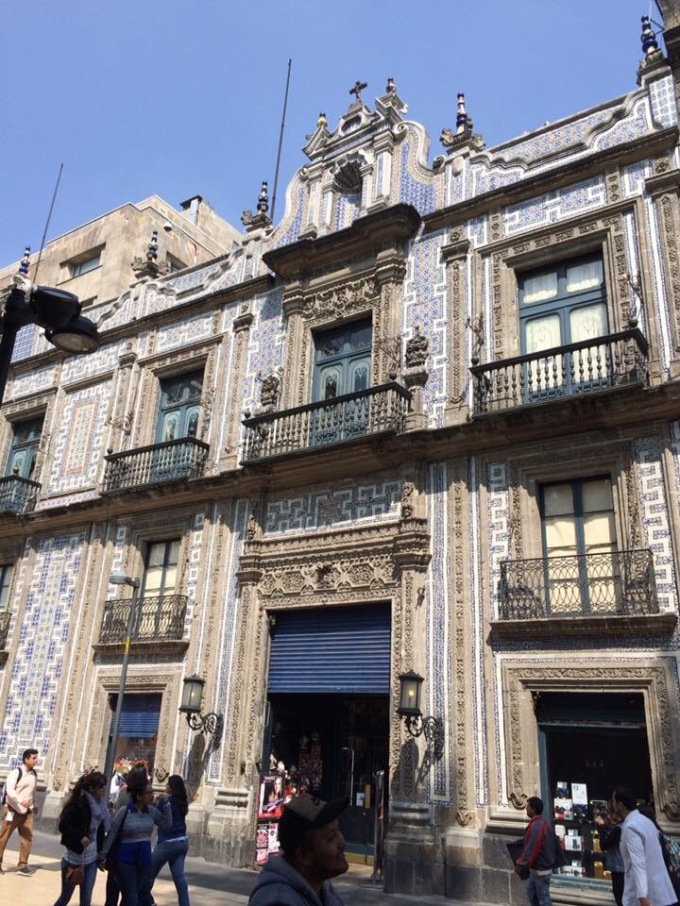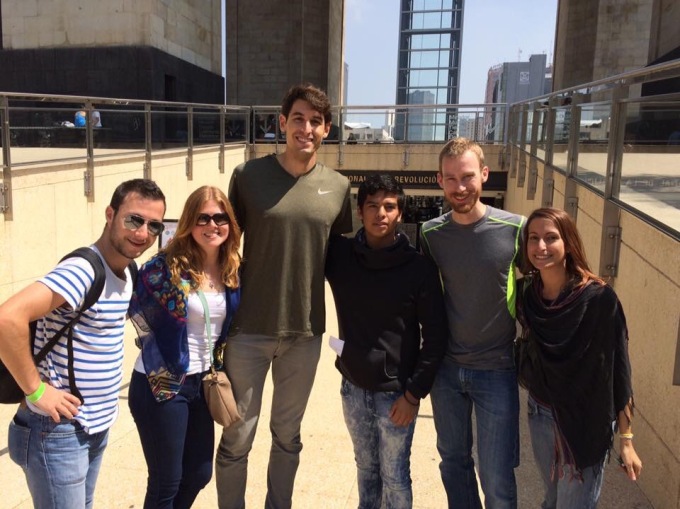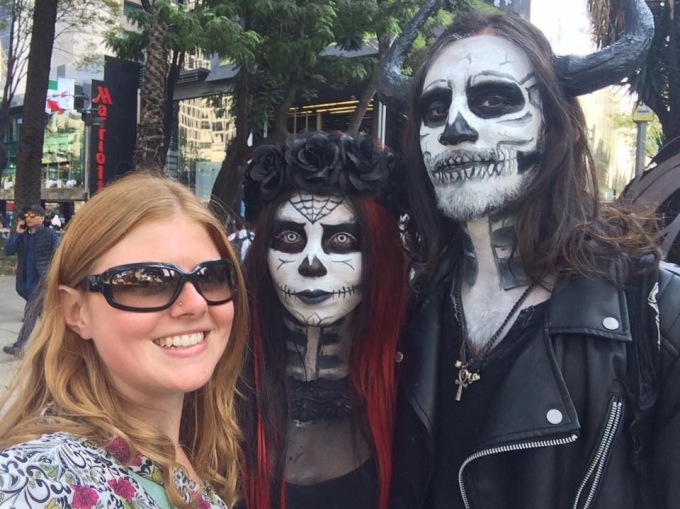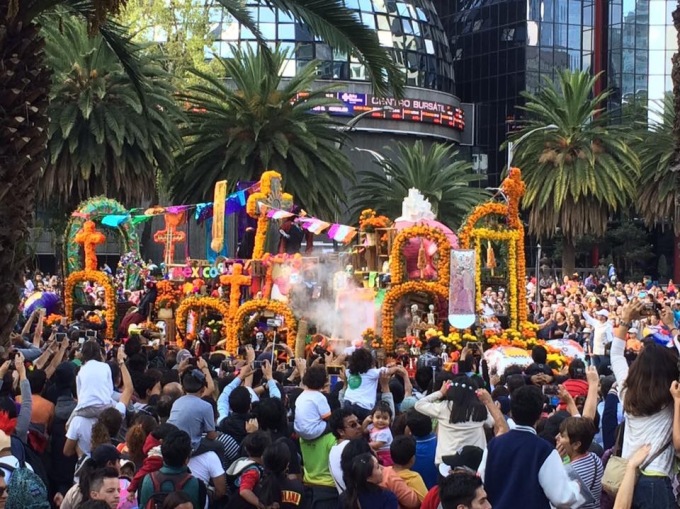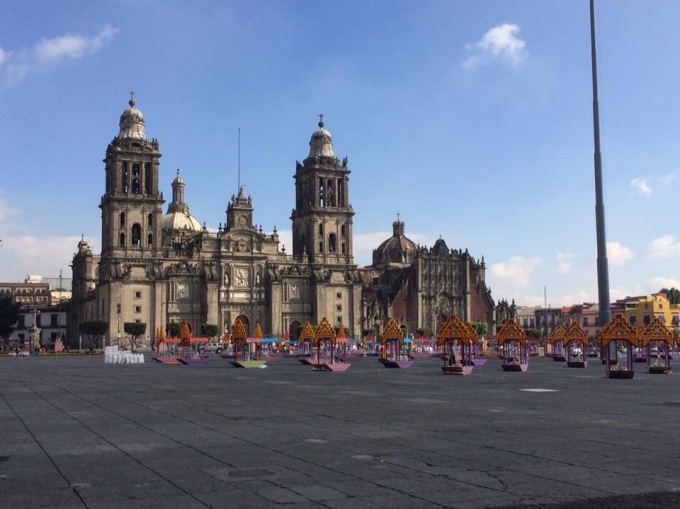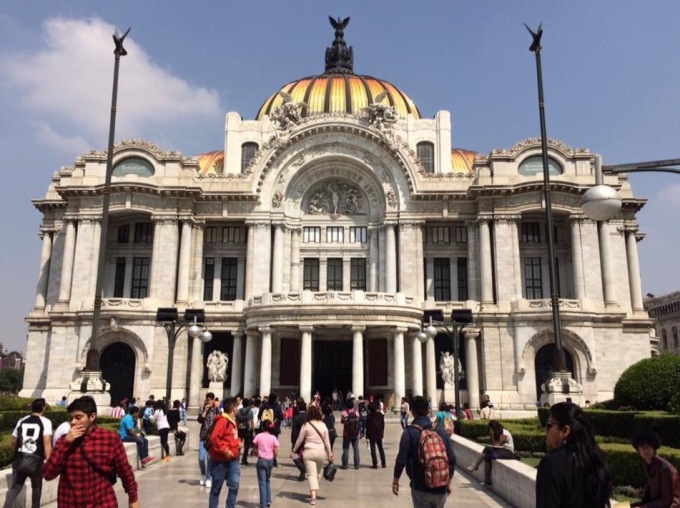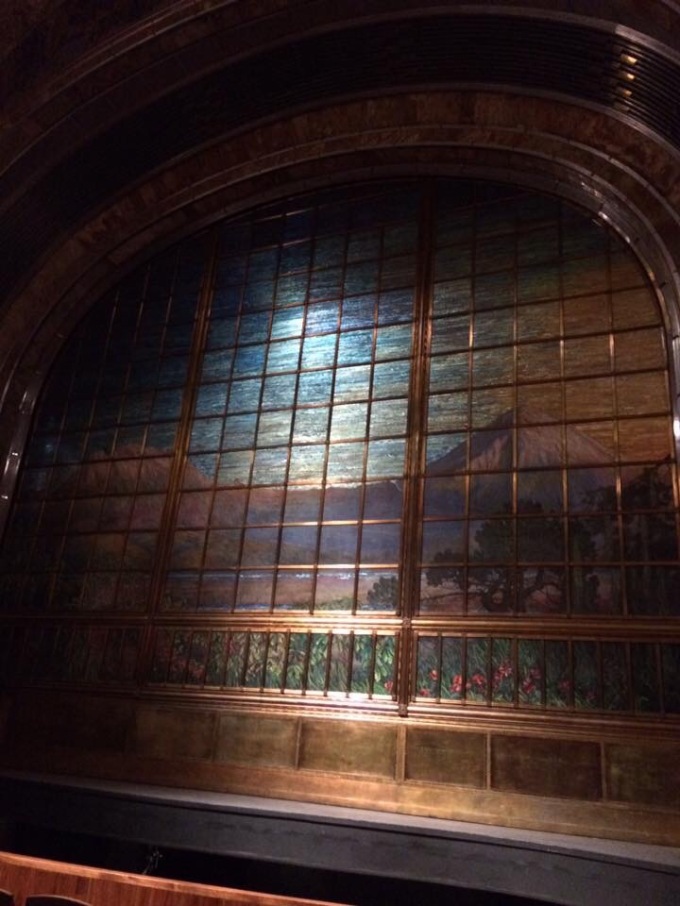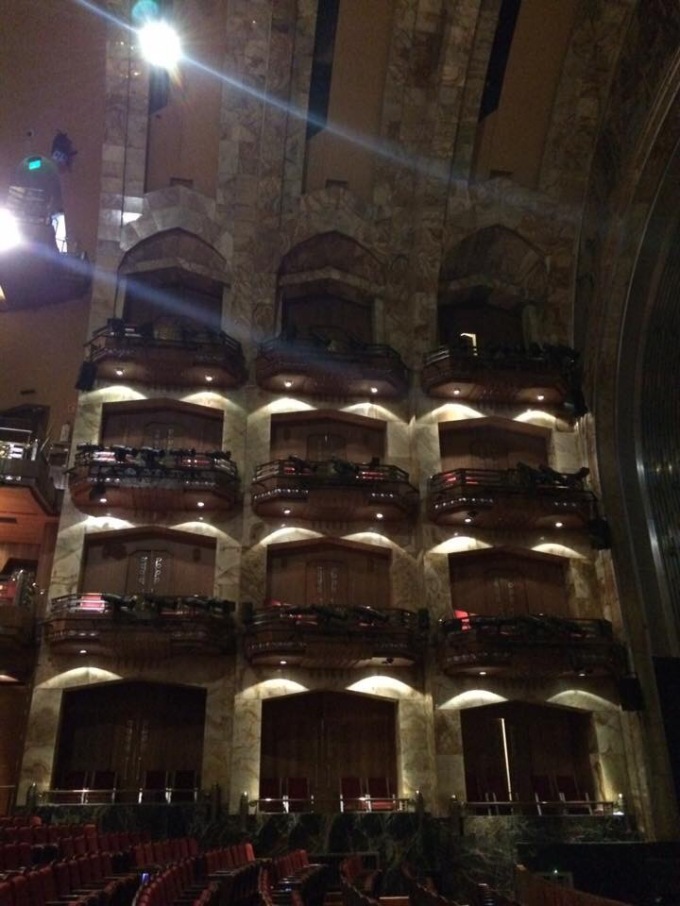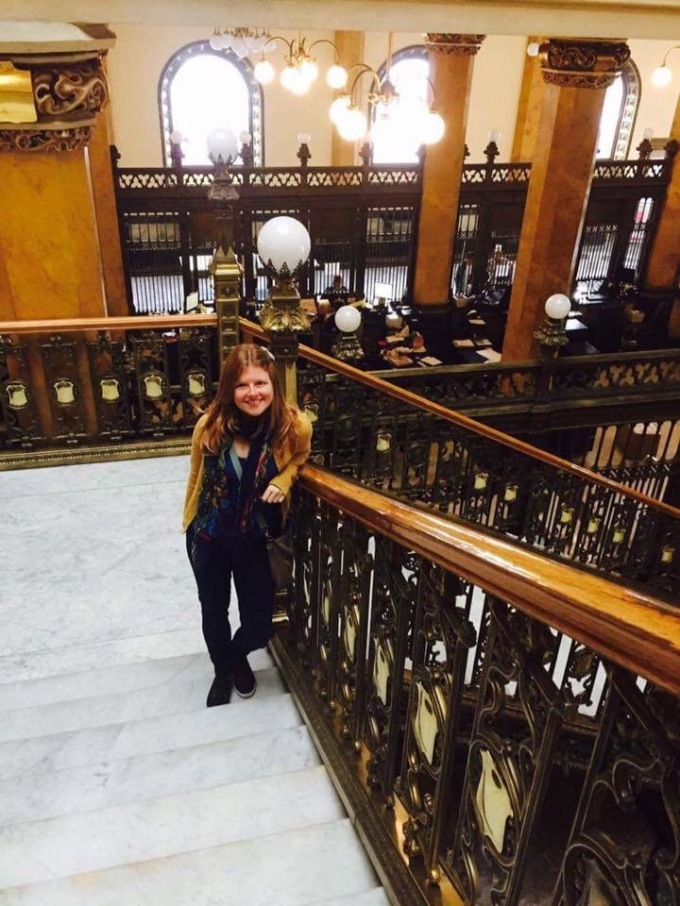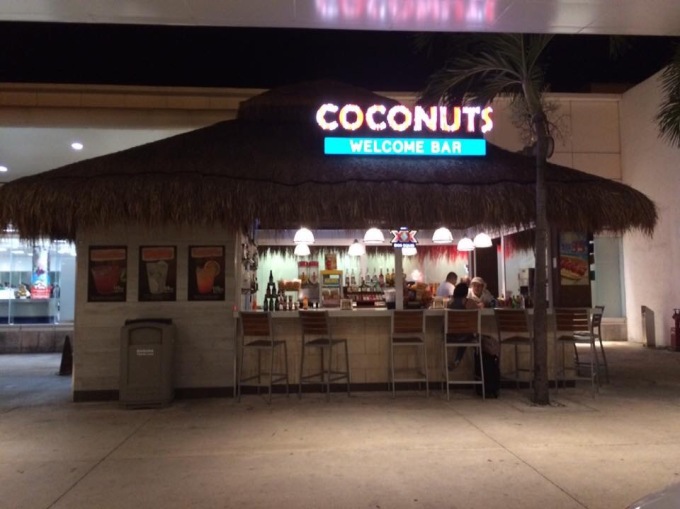Like most tours, we were first taken to a place just outside Teotihuacan so we could be taught about different Mexican handicrafts from around the region. This type of inclusion is normally to encourage you to spend money on their premises, and don’t get me wrong, it was, but then we were also shown the many uses of the agave plant, which I, naturally, mis-took for an aloe vera plant.

A species of maguey (agave) – the magical plant of many properties
I often use agave sweetener in my own cooking, but what I didn’t realise is that it is also used in the production of Mexico’s most favourite tipples, mezcal (a variety of tequila), and pulque, a milky-white liquor. Mezcal is produced by cooking the heart of the agave, primarily the Agave Azul, whereas pulque is mainly brewed via a fermentation process of the sap from six different types of maguey (agave).

Stripping the leaf to make a sheet of paper
The plant itself has a very sharp tip at the end of its thick green leaves, which can be extracted simply by pulling it out. The whole needle emerges complete with the thread dangling down. The leaves can also be stripped down and used in cooking, or as paper, ropes and fabrics. None of the plant is wasted. Genius.
Needle and thread from the leaf of the agave
I can’t speak for everyone in the group, but I personally found all this rather fascinating, that is, until we had the opportunity to sample their indigenous pulque, which left a bitter yeast taste in my mouth. I was advised that it tastes better when accompanied with fruits or other added beverages, but I’m still not convinced.
After a quick tour around the silver and pottery artisan workshops, we were ushered into the obligatory shop selling local handmade crafts. One person was tempted into the world of Mezcal and purchased a bottle, but beyond that, they received nada from us.
On arrival at the ancient city of Teotihuacan, we were greeted by the ear-splitting sound of a distressed jaguar. Local street vendors wandered around the site trying to sell these wooden whistles that created the hideous sound. It took quite a lot of polite willpower not to ask them to bugger off. I don’t mind people trying to sell me bracelets, or sunglasses, or even a hammock – although how most backpackers are supposed to be able to store them while travelling around the world is beyond me – but these whistles didn’t even sound like a jaguar. Anyway, I did my best to block out the cacophony of howls so I could listen to the guide as he attempted to explain the history of Teotihuacan using the best English he could muster.
 Tourists and street vendors at the site entrance
Tourists and street vendors at the site entrance
And what a fascinating place to explore. Teotihuacan is an ancient Pre-Columbian (literally translates to ‘before Christopher Columbus) city that was built entirely by hand, though the origins of its developers remains a mystery. Evidence suggests that the site was abandoned around seven-hundred and fifty BC, and then claimed by the Aztecs, although Mayan and Zapotec texts have been discovered around the site.
The main attractions of the ancient city are the Pyramid of the Sun and the Moon, and the Temple of the God, Quetzalcoatl.
A geek’s aside: if you grew up playing the video game, Final Fantasy VIII, you’ll remember the use of this mythical creature as a powerful lightning force. True to the game’s representation, the God was depicted as a bird slash rattlesnake hybrid who’s name literally translates as ‘emerald plumed serpent’. However, it is suggested that he was the God of wind and rain, not lightning. He was also believed to be the God that created mankind and the calendar.
When you first enter the grounds, you come to the Temple of Quetzalcoatl himself. It is an outstandingly well preserved pyramid that you cannot climb, but there is a viewing platform for you to admire the façade. Somehow, many of the alternating sculptures of the plumed serpent and the crocodile head, complete with headdress, have survived the unkind years of human destruction and natural weathering. This type of admirable artwork often gives me goosebumps. I stand there and imagine who might have carved them, and how long it would have taken to capture the deities in such vivid three dimensional detail.
 The astonishingly preserved Pyramid of the Plumed Serpent
The astonishingly preserved Pyramid of the Plumed Serpent
Next stop is the Pyramid of the Sun. Visitors are invited to climb the steep steps to the very top of this structure in order to get a birds-eye view of the whole site, which is obviously very cool, but still not my favourite part of the tour.
 Atop the Pyramid of the Sun – enjoying the view of the Pyramid of the Moon
Atop the Pyramid of the Sun – enjoying the view of the Pyramid of the Moon
Even though you’re only able to climb up to the first platform of the Temple of the Moon, from this point, you are presented with a perfect view of the entire city and the Avenue of the Dead. Some believe it was named this due to the tomb-like structures lining the road, but if you ask me, which I wouldn’t, because I’m not a historian, it was more likely because of the many sacrificial religious rituals and offerings that were made in the area.
 View from the Pyramid of the Moon – The Avenue of the Dead
View from the Pyramid of the Moon – The Avenue of the Dead
Under the Pyramid of the Moon alone, archaeologists have discovered several human sacrifices, including children, at the base of the structure. If you’re into a bit of gore, head to the Museum of Anthropology in Mexico City to view the remains of those unfortunate souls.
I could have stood at the top of the Moon for the rest of the afternoon, just staring down the avenue and picturing the thousands that once lived there. But alas! Lunchtime was calling, so the guide ushered us back into the van and sped us towards the overpriced restaurant a few kilometres away. I refused to pay for the expensive not very appetising all-you-can-eat buffet and opted to try a lovely bowl of cactus soup instead. Delicious.
This post was written to the sounds of Maroon 5 during a nine hour bus journey from Granada in Nicaragua, to San José in Costa Rica.



